Reactive Nitrogen Species
Products for Reactive Nitrogen Species
- Cat.No. Product Name Information
-
GC41700
(E)-2-(2-Chlorostyryl)-3,5,6-trimethylpyrazine
(E)-2-(2-Chlorostyryl)-3,5,6-trimethylpyrazine (CSTMP) is a stilbene derivative with antioxidant and anticancer activities.

-
GC41868
10-Nitrooleate
10-Nitrooleate (CXA-10), a nitro fatty acid, has potential effects in disease states in which oxidative stress, inflammation, fibrosis, and/or direct tissue toxicity play significant roles.

-
GC42079
2',7'-Dichlorofluorescein diacetate
2',7'-Dichlorofluorescein diacetate is as a cell-permeable fluorogenic probe to quantify reactive oxygen species (ROS) and nitric oxide (NO).

-
GC49339
5(6)-Carboxy-2′,7′-dichlorofluorescein diacetate
An oxidant-sensitive fluorescent probe
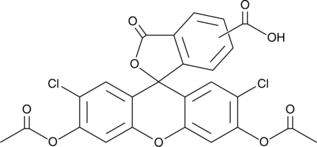
-
GC46080
7,3',4'-Trihydroxyflavone
7,3',4'-Trihydroxyflavone is a flavonoid aglycon compound isolated from broad bean pods.

-
GC18426
8-Nitroguanine
8-Nitroguanine is a nitrative guanine derivative formed by oxidative damage to the guanine base in DNA by reactive nitrogen species (RNS) during inflammation and in vitro by reaction of DNA with peroxynitrite and other RNS reagents.
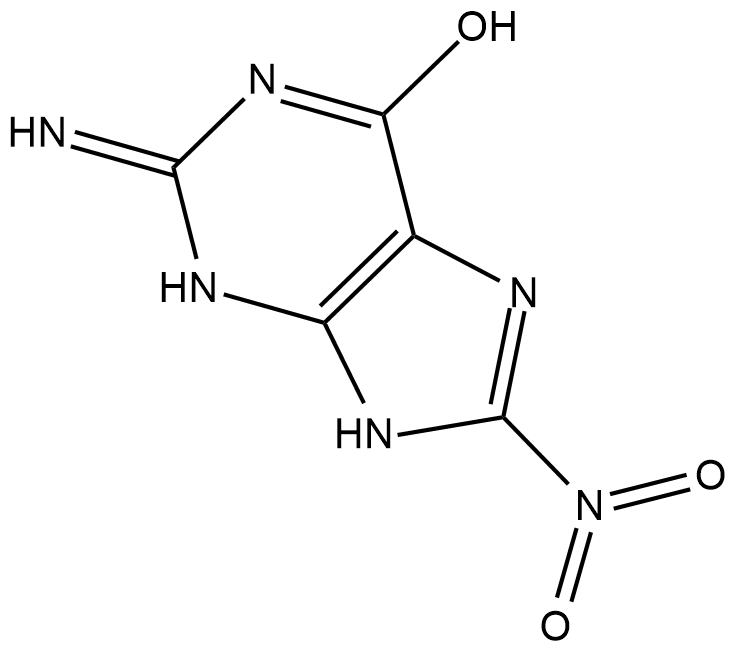
-
GC46748
9(E),11(E)-12-nitro Conjugated Linoleic Acid
A nitrated fatty acid

-
GC42649
9-Nitrooleate
Nitrated unsaturated fatty acids, such as 10- and 12-nitrolinoleate, cholesteryl nitrolinoleate, and nitrohydroxylinoleate, represent a new class of endogenous lipid-derived signalling molecules.

-
GC19428
Angeli’s Salt
A classical nitroxyl (NO-) donor
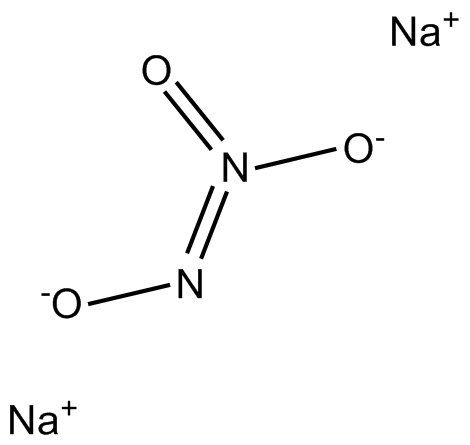
-
GC52101
Brazilein
Brazilein is an important immunosuppressive component isolated from Caesalpinia sappan L.

-
GC43316
Coumarin Boronic Acid
Coumarin boronic acid (CBA) is a fluorescent probe that can be used to detect peroxynitrite, hypochlorous acid, and hydrogen peroxide.

-
GC43317
Coumarin Boronic Acid pinacolate ester
Coumarin boronic acid pinacolate ester (CBE) is a more soluble form of coumarin boronic acid that can be used to detect peroxynitrite, hypochlorous acid, and hydrogen peroxide.

-
GC43411
DEPMPO-biotin
DEPMPO is a nitrone that is used to spin trap reactive O-, N-, S-, and C-centered radicals and allow their characterization when used in association with electron spin resonance.
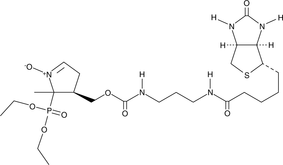
-
GC43462
Dihydrolipoic Acid
Dihydrolipoic acid (DHLA) is a dithiol-containing carboxylic acid that is the reduced form of α-lipoic acid.

-
GC43570
DPTA NONOate
DPTA NONOate is a NO donor.

-
GC48650
DTUN
A lipophilic hyponitrite radical initiator

-
GC43584
Ebselen Oxide
Ebselen is an excellent scavenger of peroxynitrite and is used for the treatment of cerebral infarctions.

-
GC43663
FeTPPS
Peroxynitrite is a highly reactive nitrogen species formed from the reaction of nitric oxide (NO) and superoxide.

-
GC49344
Fisetin-d5
An internal standard for the quantification of fisetin

-
GC60875
GKT136901
A dual inhibitor of NOX1 and NOX4
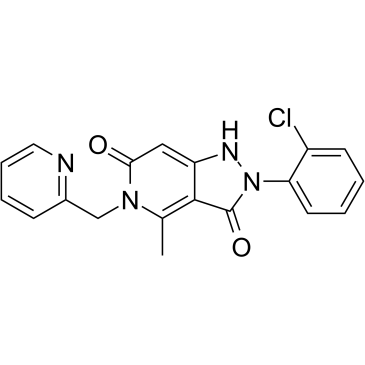
-
GC43870
HPF
Hydroxyphenyl fluorescein (HPF) is the reagent that can directly detect highly reactive oxygen species (hROS).
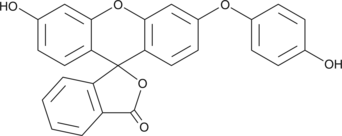
-
GC49290
Indoxyl Sulfate-d5 (potassium salt)
An internal standard for the quantification of indoxyl sulfate

-
GC18734
JS-K
JS-K is a nitric oxide (NO) donor that reacts with glutathione to generate NO at physiological pH.
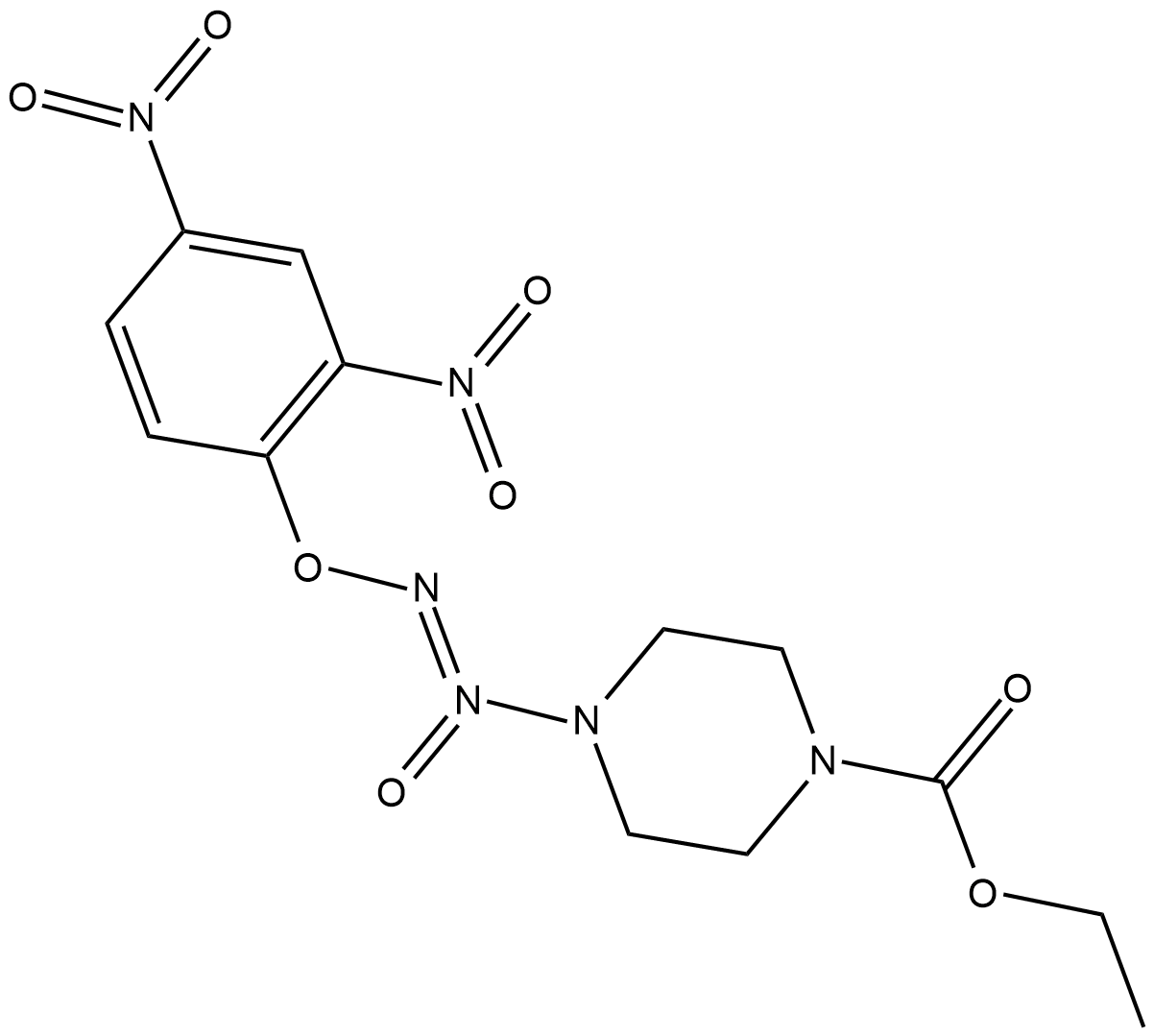
-
GC19529
MAHMA NONOate
A NO donor
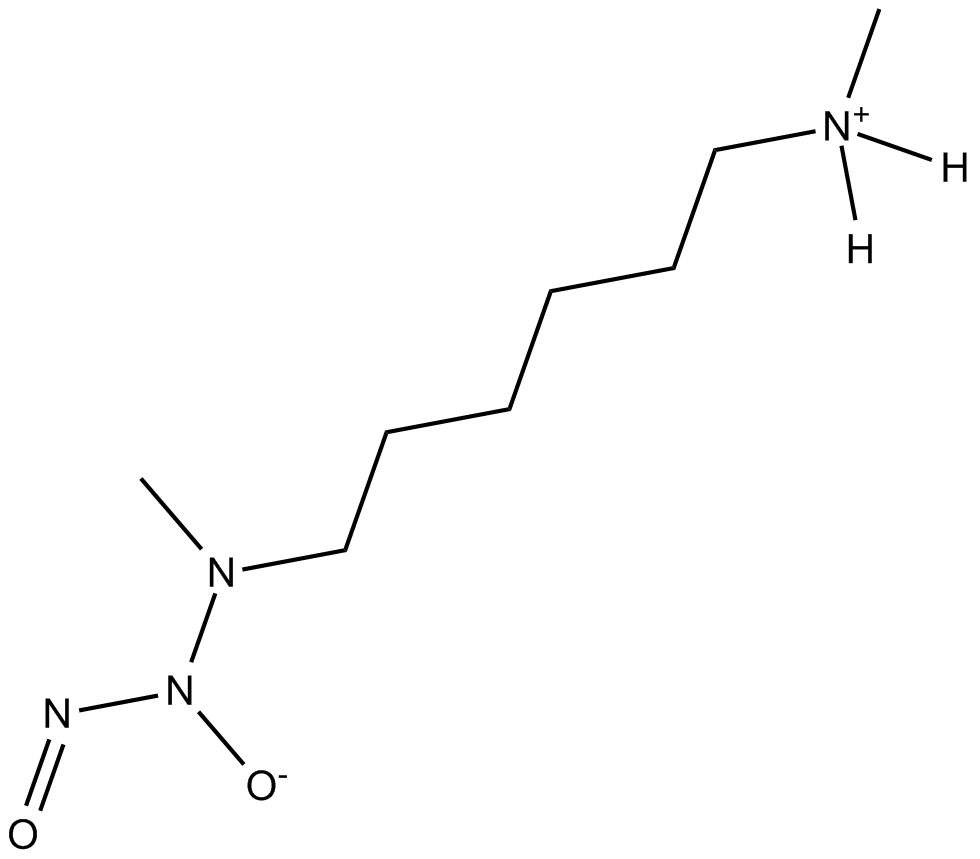
-
GC49521
MHY553
An agonist of PPARα

-
GC44191
MHY908
MHY908 is a dual agonist of peroxisome proliferator-activated receptor α (PPARα) and PPARγ that increases transcriptional activity of PPARα and PPARγ in a luciferase reporter assay in AC2F rat liver cells when used at a concentration of 5 μM.

-
GC44206
MitoTEMPO (hydrate)
MitoTEMPO is a mitochondria-targeted superoxide dismutase mimetic that possesses superoxide and alkyl radical scavenging properties.

-
GC44239
Mn(III)TMPyP
Mn(III)TMPyP is a manganese-porphyrin which acts as a superoxide dismutase (SOD) mimetic and peroxynitrite decomposition catalyst.
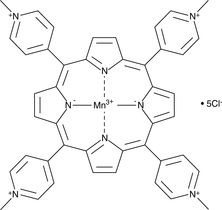
-
GC47736
N-Acetyl-DL-penicillamine
A chelating agent

-
GC48837
NG,NG-dimethyl-L-Arginine-d6 (hydrochloride)
NG,NG-dimethyl-L-Arginine-d6 (hydrochloride) is the deuterium labeled Asymmetric-dimethylarginine dihydrochloride.

-
GC49511
Nicorandil N-oxide
A metabolite of nicorandil

-
GC49086
Nicorandil-d4
An internal standard for the quantification of nicorandil

-
GC44408
Nitrosobenzene
Nitrosobenzene is a spin trap that has been used in the study of oxidative DNA damage and nitroso-compound-induced respiratory burst in neutrophils.

-
GC44439
NO-Indomethacin
NO-indomethacin is a hybrid molecule of indomethacin and a nitric oxide (NO) donor.

-
GC41297
PAPA NONOate
PAPA NONOate is a NO donor.

-
GC44602
Peroxynitrite
Formed in vivo by the reaction of NO with superoxide

-
GC44644
Piloty's Acid
Nitric Oxide (NO) is a free radical gas that is involved in a variety of biological processes including regulation vascular tone, neuronal signaling, and host defense.
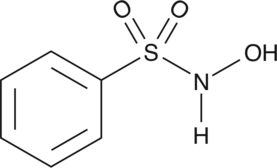
-
GC44694
PROLI NONOate
PROLI NONOate is a NO donor.

-
GC49112
Sinapyl Alcohol
A monolignol with anti-inflammatory and antinociceptive activities

-
GC44909
SNOB 1 Reagent
SNOB 1 Reagent is a biotinylated probe for detecting S-nitrosylated proteins in a single step.

-
GC44972
Sulpho NONOate
Sulpho NONOate produces nitrous oxide but no NO at physiological pH.

-
GC45126
Uric Acid (sodium salt)
Uric Acid (sodium salt) (Monosodium urate), scavenger of oxygen radical, is a very important antioxidant that help maintains the stability of blood pressure and antioxidant stress.

-
GC45152
V-PYRRO/NO
V-PYRRO/NO is a NO donor in vivo.



